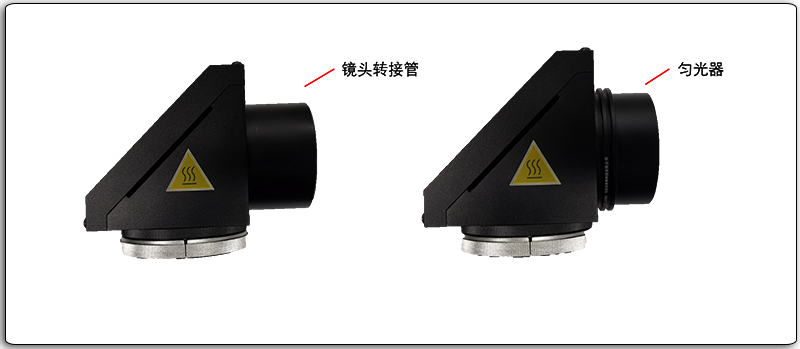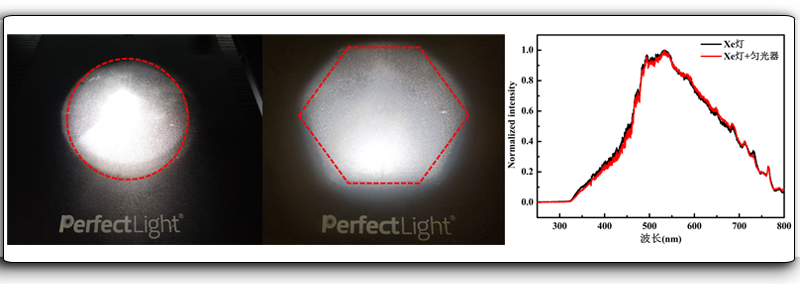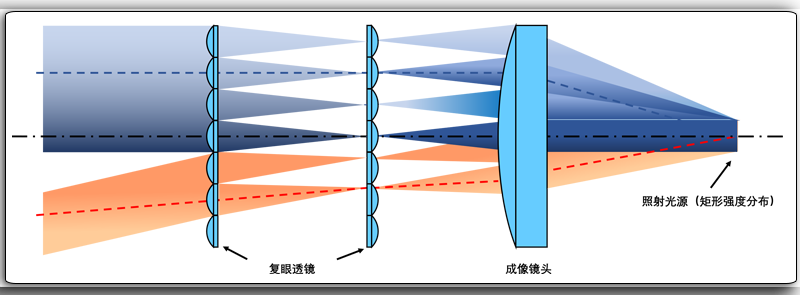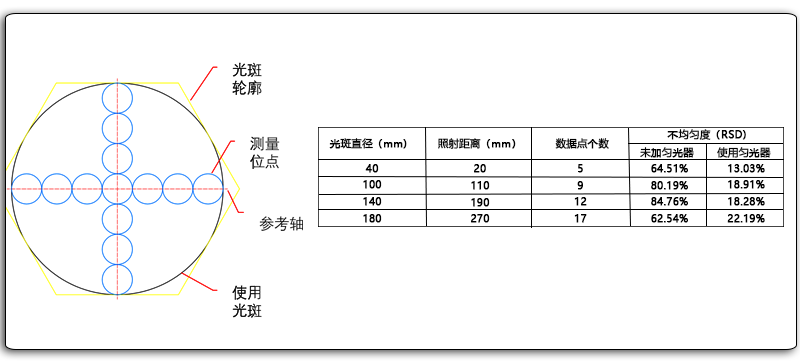Original content is not easy, if you reproduce this article, please contact the staff and indicate the source information in the reproduced article, otherwise it will be treated as infringement!
In the article "What to Do When Xenon Lamp Sources Can't Meet Large-Area Irradiation Experiment Needs," it has been explained that the output light spot of a xenon lamp source is not uniform. For laboratory-level liquid-solid phase photocatalytic reactions, where the photocatalyst consists of solid nanoparticles and is continuously stirred by a magnetic stirrer, the movement of the photocatalyst within the area illuminated by the xenon lamp source results in minimal impact from the non-uniformity of the xenon lamp source's light spot on the performance characterization of liquid-solid phase photocatalytic reactions. However, in experiments such as photoelectrochemical reactions, gas-solid phase reactions, and solar cell testing, where the photoelectrode, reaction solid powder, or solar cell panel is fixed within the area illuminated by the xenon lamp source, the non-uniformity of the xenon lamp source's output light spot can introduce errors into experimental testing, especially significant errors in repeated experiments.
PLS-LA320A Uniform Illuminator, this illuminator can be directly installed at the turning head of the xenon lamp source (as shown in Figure 1). During use, simply remove the lens adapter tube attached to the turning head and then securely install the PLS-LA320A uniform illuminator in its original position using the threaded connection.

Figure 1. PLS-SXE 300D Xenon Lamp Source Turning Head (Left) and PLS-LA320A Uniform Illuminator in Use (Right)
The PLS-LA320A uniform illuminator is compatible with the Microsolar 300 xenon lamp source, PLS-SXE 300D/300DUV xenon lamp source, PLS-SXE 300/300UV xenon lamp source when installed. It can improve the uniformity of the xenon lamp source's light spot, changing the circular light spot to a hexagonal one. It does not affect the normal use of the output spectrum and filters.

Figure 2. PLS-SXE 300D Xenon Lamp Source Output Light Spot and Light Spot Shape and Spectrum Comparison After Installing PLS-LA320A Uniform Illuminator
The PLS-LA320A uniform illuminator is composed of a series of small compound-eye lenses. Two columns of compound-eye lens arrays are arranged in parallel. The focal points of the small unit lenses in the first column of the compound-eye lens array coincide with the centers of the corresponding small unit lenses in the second column. The optical axes of the two compound-eye lens columns are parallel to each other, forming a uniformly hexagonal light spot at the focal plane.

Figure 3. Compound-Eye Lens Working Principle Diagram
The PLS-LA320A uniform illuminator can significantly improve the uniformity of the xenon lamp source's light spot, and the actual effect during use is related to the irradiation distance. When the PLS-LA320A uniform illuminator is used with the PLS-SXE 300D xenon lamp source, select two perpendicular diameters within the inscribed circle of the hexagonal light spot as reference axes. Measure the light power density at each position of the reference axes and calculate the non-uniformity of the light spot. From the measured data, it can be seen that the non-uniformity of the xenon lamp source's light spot is above 80%. When used in conjunction with the PLS-LA320A uniform illuminator under different light spot sizes, the non-uniformity of the light spot can be reduced to below 23%.

Figure 4. PLS-SXE 300D Xenon Lamp Source Used with PLS-LA320A Uniform Illuminator, Measurement Data Point Selection Diagram and Non-Uniformity of Light Spot for Different Diameters
The above content is a translation and summary based on reference materials. The author's expertise is limited, so if there are any errors, please feel free to correct them!